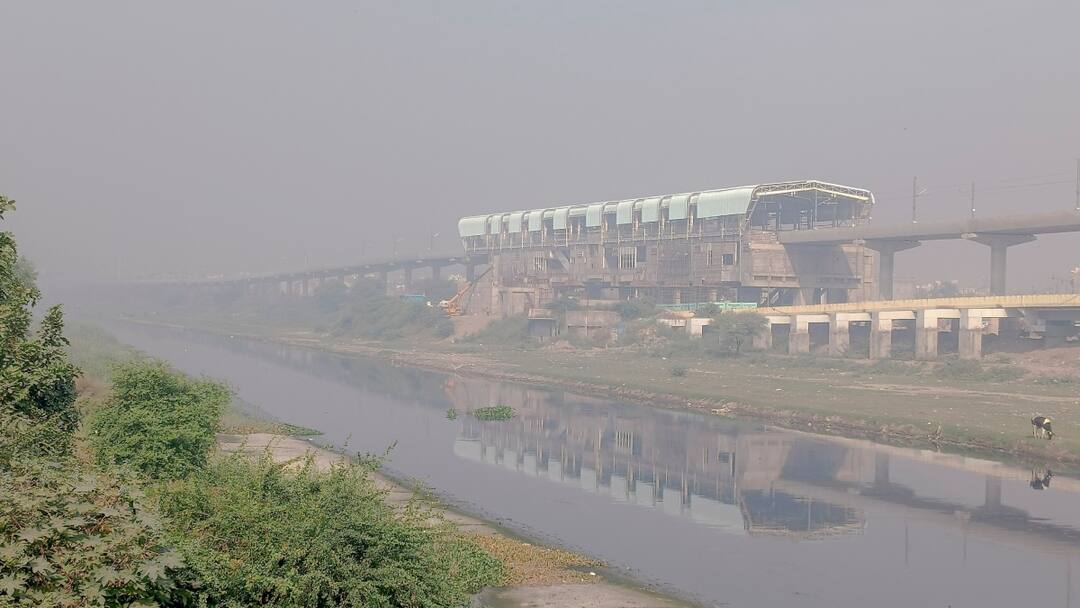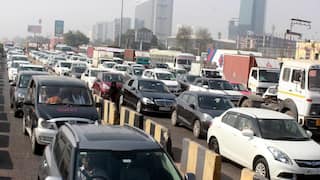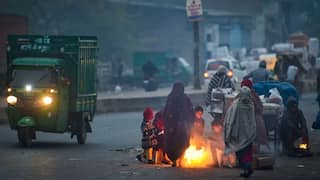Delhi AQI Update: Air Quality Remains 'Poor' As Health Concerns Rise; GRAP-1 Activated
Delhi's air quality remains poor, with the AQI consistently ranging between 250 and 300 for four days.

Delhi Pollution Update: Despite a slight reprieve from the summer heat as October begins, Delhi’s air quality continues to deteriorate, posing serious health risks for residents. For the past four days, the Air Quality Index (AQI) across the capital has consistently ranged between 250 and 300, falling into the 'poor' category. In several areas, AQI levels have reached the 'very poor' range, prompting authorities to issue an 'orange alert' across the city.
As of the latest update, Delhi's average AQI stands at 263, with particularly high levels recorded in certain areas. Dwarka’s AQI has reached a concerning 336, while ITO reports a moderate 188 and IGI Airport 273. Regions including Jahangirpuri, Mundka, Preet Vihar, Rohini, Shadipur, Vivek Vihar, and Wazirpur have AQI readings over 300, placing them in the 'very poor' category. This spike in pollution levels is not just an environmental concern but a public health issue, causing an uptick in respiratory illnesses and other health complications.
Health Concerns Rise
In response to these conditions, the Delhi government has enacted the stage 1 of 'Graded Response Action Plan' (GRAP), a regulatory approach to curb pollution during peak periods.
Construction activities have been temporarily suspended, and water is being sprayed on roads to minimise dust.
Despite these efforts, improvement in air quality has been negligible, and a persistent smog blanket hovers over many parts of the city, aggravating health issues such as cough, cold, and respiratory problems.
For four consecutive days, Delhi’s air has remained classified as 'poor', putting vulnerable groups, including children and the elderly, at heightened risk.
Ram Manohar Lohia Hospital Steps Up
In an effort to address the surge in pollution-related illnesses, Ram Manohar Lohia Hospital has established special cabins and treatment facilities for patients affected by air pollution. With respiratory diseases on the rise, healthcare providers remain on high alert, preparing for what could be a more severe health crisis if pollution levels do not improve.
Related Video
Astrology Forecast 2026: Astrology Forecast Flags Health, Power Challenges for Trump in 2026s





































